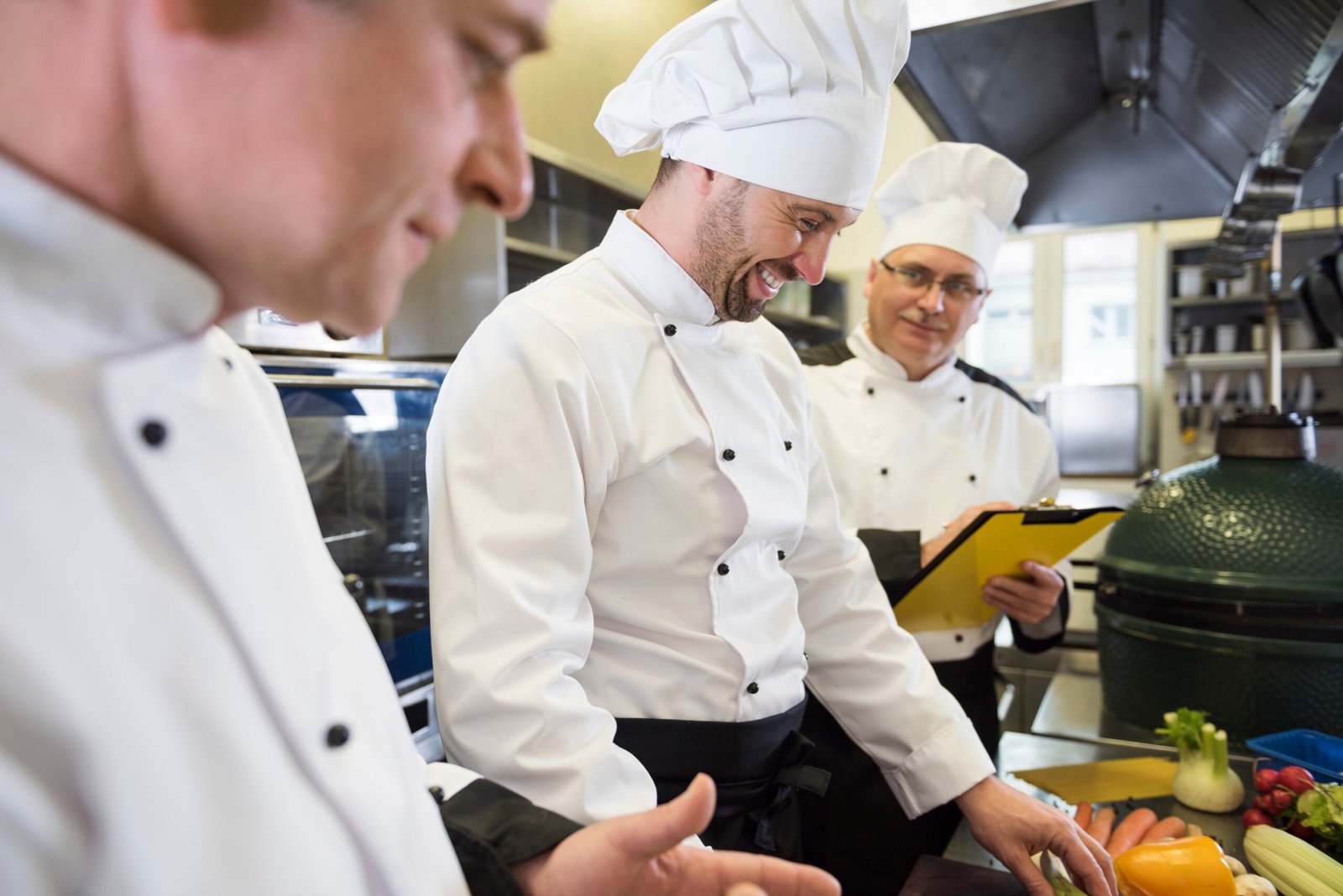
4 Cooking Techniques that will Keep You Up to Date in the Industry
The way that people eat has changed. The younger dining crowd is hungry for unique and innovative dining experiences.
If restaurants wish to meet the expectations of their patrons and differentiate themselves in a competitive market, they must employ innovative cooking techniques that stretch the bounds of traditional cuisine.
In this blog, we’ll look at a few of these creative techniques and demonstrate how they could improve the menu items at your restaurant to suit the tastes of the younger patrons.

The practice of sous vide cooking has been increasingly popular in recent years due to its exceptional accuracy and consistent outcomes. The food ingredients are cooked at a specific temperature in a water bath after being vacuum-sealed in airtight bags. The following are some benefits of sous vide cooking:
- Increased softness and flavor—the flavors and fluids of the food stay sealed in.
- Ensuring perfectly cooked proteins enables cooks to carefully control temperature to achieve precise doneness levels.
- Time and labor savings: efficient use of resources frees up valuable kitchen space and requires less ongoing monitoring, freeing up chefs to focus on other tasks.

Genetic cuisine
- Molecular dining is a cutting-edge cooking technique that blends science and taste. Chefs can use scientific concepts and techniques to create visually pleasing and surprising flavour combinations. Common techniques in molecular cooking include:
- Spherification is the process of employing chemicals like calcium chloride and sodium alginate to transform liquids into tiny, delicious “spheres” or “caviar.”
- Foam creation: Using specialized tools like a whipping syphon, chefs may create stunning foams with unique textures and flavours to go with their cuisine.
- Liquid nitrogen: This substance can be used to quickly freeze food and alter its texture, making it ideal for making rapid ice cream or frozen garnishes.
While infusing and smoking have long been utilized in traditional cooking, modern developments have brought these techniques to new heights. These techniques produce flavor with depth and richness.
Here’s how to expand your culinary skills to include smoking and infusing:
- Smoking without heat: When food is cold smoked, it comes into contact with smoke, giving it a subtle smoky flavour. It pairs nicely with a lot of foods, such as cheese, seafood, and even mixed drinks.
- Liquids that have been infused, including oils: A multitude of flavour profiles can be achieved by infusing oils, vinegars, and spirits with herbs, spices, or fruits. You can add these infusion components to sauces, marinades, and even speciality drinks.
Creative Foods Made from Plants
Because there is an increasing need for plant-based solutions, restaurants need to incorporate vegan options into their menus. Here are some modern plant-based techniques to consider:
Using butchery techniques like roasting, grilling, or searing, vegetables are treated like proteins in vegetable butchery. This produces hearty, satisfying plant-based meals.
Fermentation: During fermentation, the flavours and textures of vegetables are improved, resulting in the creation of new flavour profiles. Pickled veggies, fermented sauces, and plant-based cheeses can all be made with it.
Plant-based meat substitutes and other molecular alternatives have been made possible by advancements in plant-based componentry. This has allowed for the creation of plant-based versions of classic recipes, such as dairy-free cheeses and plant-based meat substitutes.
As the restaurant industry grows, modern cooking techniques are now essential for picking the curiosity and palates of the younger generation of diners.
From precise sous vide cooking to creative molecular gastronomy and plant-based creations, these techniques offer infinite options for creating unique and unforgettable dining experiences.
Alternate Cooking Techniques

-
Using a grill cooking techniques
Cooking food on a grill is a quick and easy method. Although most people associate the word “grill” with grilling hamburgers and hotdogs at a backyard barbeque, there are other ways to grill meals. You may employ:
Char
Electrical Heating
Gas Flames
Wood
While maintaining the moisture and tenderness of the protein and veggies, this dry cooking technique calls for very little fat addition.
-
Applying steam cooking techniques
One of the healthiest new cooking techniques is steaming. When food is cooked in water vapor over boiling water, its own juices are allowed to stew. In addition, this preserves a large portion of the nutrients in your proteins and veggies and has many other wonderful advantages.
Meals made via steaming are easier to digest than those prepared in other ways.
lowers the amount of frying oil used
the capacity to cook multiple dishes at once without combining flavours and odours (as long as you steam items separately)
-
Using a microwave cooking techniques
The most practical alternate cooking method is thought to be microwave cooking. Because food cooks in the microwave from the inside out, it takes the least amount of time to cook.
Almost everything can be microwaved, including pre-made meals, scrambled eggs, and standard meat and vegetable dishes. Microwaving can provide you with a wholesome dinner with little preparation or cleanup time while also preserving nutrients, particularly in veggies.
-
Baking cooking techniques
Although baking is a pretty traditional cooking technique, recent developments have completely changed how it is done. By exposing food to dry convective heat in a confined space, baking preserves moisture and browns food on the outside.
Cooking bags from Ready. Chefs are frequently used to make bread, pastries, and desserts. Go! also make it simple for you to cook veggies and proteins in your oven.
In summary, these innovative culinary techniques have the power to transform our perspective on cooking and make it easier for us to produce meals that are both healthier and tastier.
With the progress of technology, we should anticipate even more fascinating breakthroughs in the area. Culinary innovation now has an infinite amount of options thanks to modernist cooking techniques.
Both professional chefs and home cooks can enhance their meals with distinctive flavors and textures by utilizing techniques like sous vide and molecular cuisine.
reference: 1





